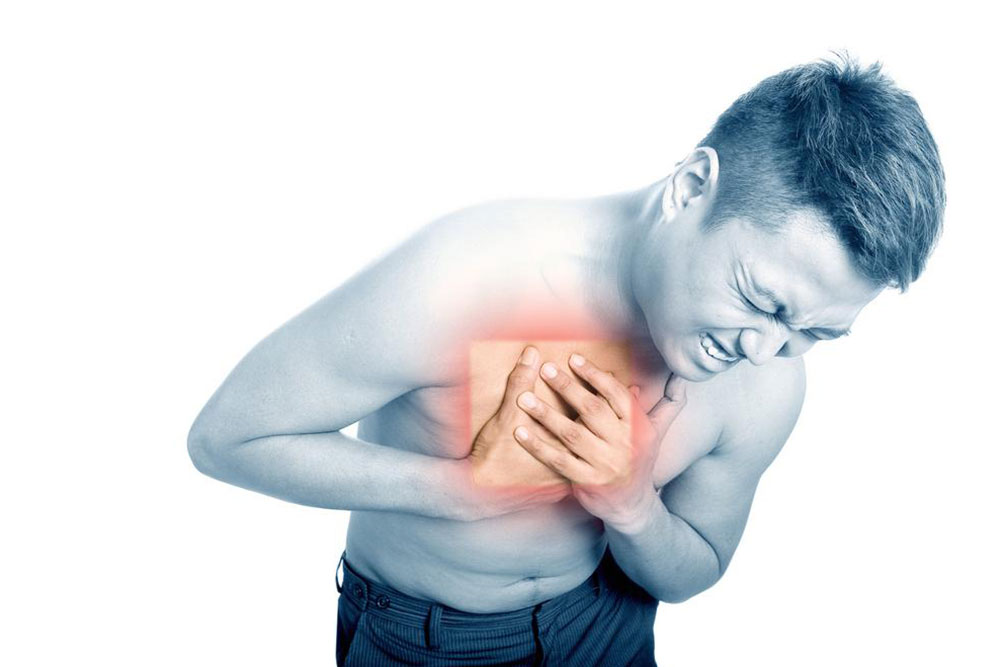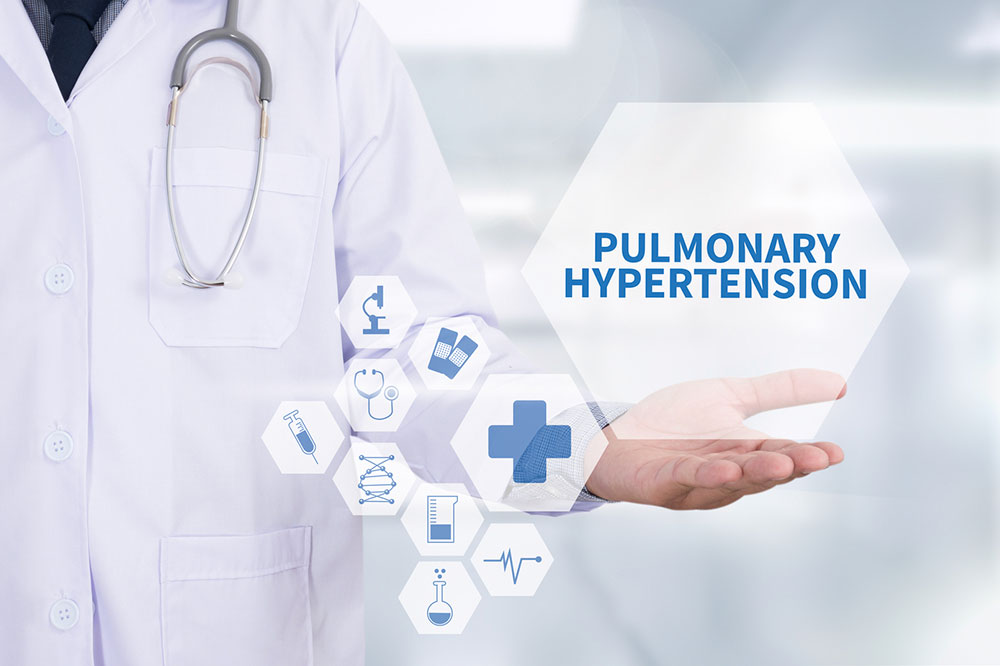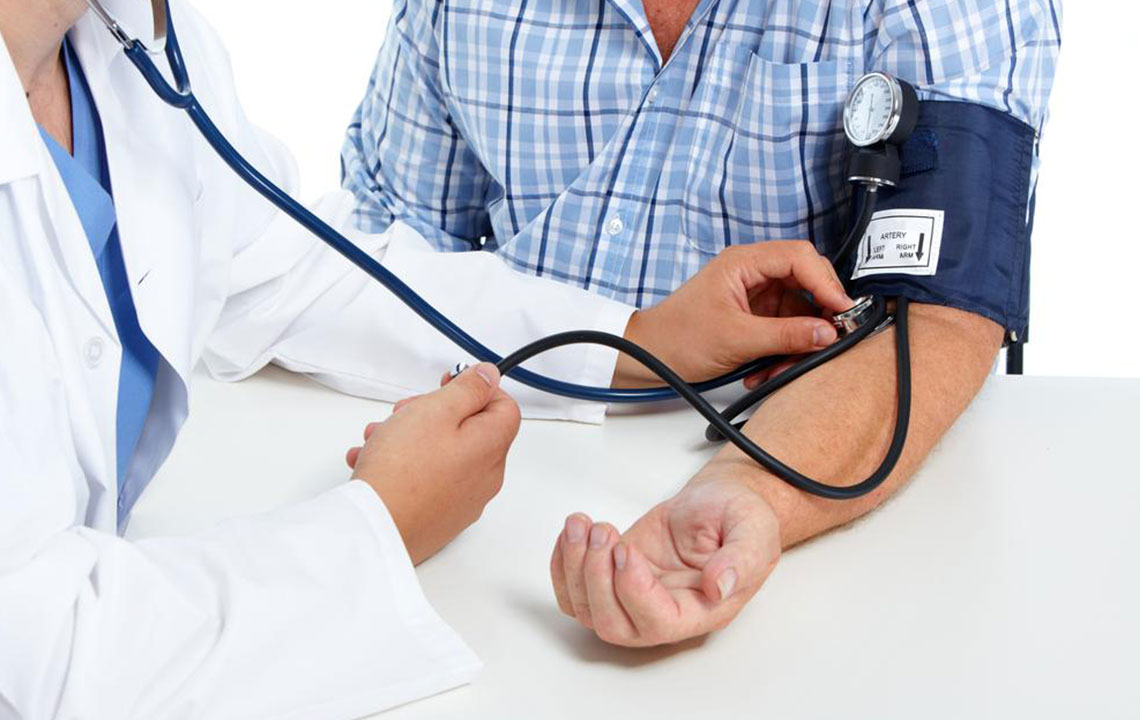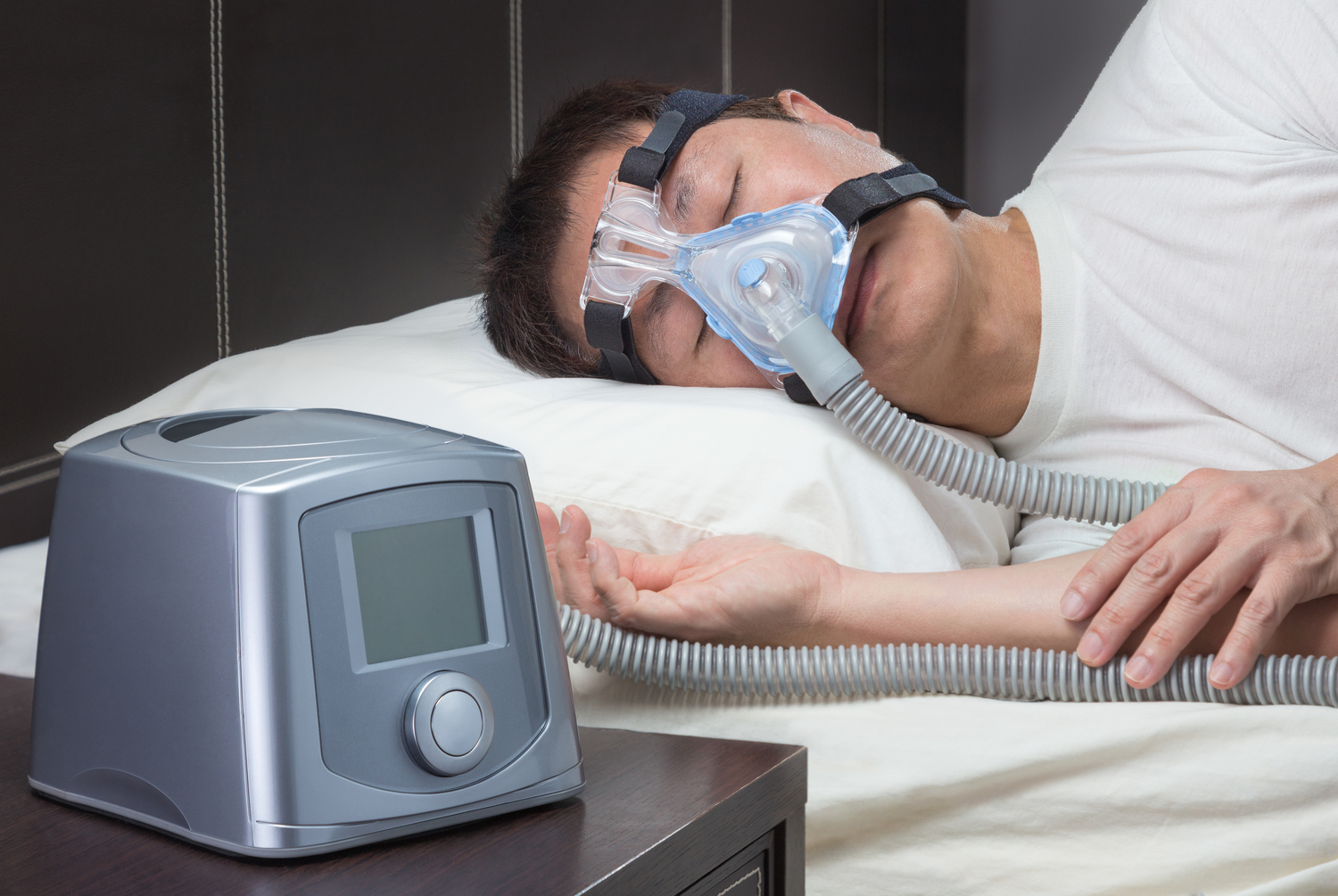Comprehensive Guide to Right Chest Pain: Causes, Symptoms, and When to Seek Medical Help
This comprehensive guide explores causes, symptoms, and critical moments related to right chest pain, emphasizing the importance of timely medical evaluation. Understanding whether chest pain is benign or serious helps in effective response and treatment. From cardiac conditions like CAD and pericarditis to musculoskeletal and respiratory issues, this article equips you with knowledge to navigate chest discomfort with confidence. Early diagnosis and appropriate management are key to preventing complications, making this information essential for anyone experiencing right-sided chest pain.

Experiencing discomfort or pain on the right side of your chest can be a worrisome experience, often triggering concern about serious health problems such as heart attacks. However, it’s crucial to understand that not all chest pain signifies a life-threatening emergency. While any persistent or severe chest discomfort should be evaluated promptly, many causes of right-sided chest pain are benign and manageable. Gaining knowledge about potential causes, symptoms, and risk factors can enable you to respond appropriately, reduce anxiety, and seek necessary medical attention in a timely manner.
Right chest pain can stem from a variety of health conditions, some of which are directly related to cardiac health, and others which involve different organ systems or musculoskeletal issues. Knowing the common causes of right-sided chest pain helps in differentiating between urgent medical conditions and less severe problems. This detailed overview covers the primary causes, associated symptoms, and the importance of early diagnosis and treatment — empowering you with information to take control of your health.
Understanding the Major Causes of Right Chest Pain
1. Coronary Artery Disease (CAD)
Coronary Artery Disease is one of the most common and serious conditions that can cause chest pain. CAD develops when the coronary arteries — the blood vessels responsible for supplying oxygen-rich blood to the heart muscle — become narrowed or blocked due to the buildup of plaques. This can result in angina, a pain or discomfort often described as pressure or squeezing in the chest, which may radiate to other areas such as the right chest, shoulders, arms, neck, or back.
While angina frequently affects the left side of the chest, it can sometimes present on the right, especially in cases of atypical or less classic symptoms. CAD is a critical condition because it can progress to a heart attack if blood flow is severely compromised. Symptoms associated with CAD may include shortness of breath, fatigue, sweating, nausea, or dizziness. Recognizing warning signs early and seeking medical evaluation can be life-saving.
2. Pericarditis
Pericarditis is the inflammation of the pericardium, the thin sac-like membrane surrounding the heart. This condition can cause sharp, stabbing chest pain that might be mistaken for angina, but often worsens with deep breathing, lying down, or coughing. The pain may radiate to the neck, shoulders, or back and can be accompanied by other symptoms such as fever, weakness, or a feeling of fullness in the chest.
Pericarditis can result from infections (viral, bacterial, fungal), autoimmune diseases, or after heart trauma or surgery. Early diagnosis and treatment, often with anti-inflammatory medications, are essential to prevent complications such as fluid accumulation around the heart (pericardial effusion) which can impair cardiac function.
3. Hypertrophic Cardiomyopathy
This is a genetic condition characterized by abnormal thickening of the heart muscle, especially the septum separating the ventricles. The thickened myocardium can obstruct normal blood flow, leading to symptoms such as chest pain, shortness of breath, dizziness, and palpitations, especially during physical exertion. Over time, untreated hypertrophic cardiomyopathy may increase the risk of arrhythmias, fainting, or even sudden cardiac death.
Individuals with this condition should undergo regular cardiac evaluations, and management may include medications such as beta-blockers, lifestyle modifications, or surgical interventions in severe cases.
4. Mitral Valve Prolapse
Mitral Valve Prolapse (MVP) occurs when the valve between the left atrium and ventricle does not close properly. This abnormality can cause a variety of symptoms, including chest pain, dizziness, palpitations, and in some cases, a clicking sound heard with medical examination. Mild MVP often causes no symptoms and requires no treatment, but in symptomatic cases, medications such as beta-blockers or surgical repair may be necessary.
Other Possible Causes of Right Chest Pain
Beyond cardiac causes, right-sided chest discomfort can also be attributed to musculoskeletal issues, respiratory illnesses, gastrointestinal conditions, or even skin-related problems. Some additional causes include:
Musculoskeletal Strain: Overuse, injury, or inflammation of chest wall muscles, ribs, or cartilage (costochondritis) can lead to localized pain that worsens with movement or pressure.
Pulmonary Conditions: Conditions like pneumonia, pleurisy, pulmonary embolism, or lung tumors can cause chest pain, often accompanied by cough, shortness of breath, or fever.
Gastrointestinal Issues: Acid reflux, gastroesophageal reflux disease (GERD), or esophageal spasms can cause pain that mimics cardiac discomfort, often aggravated by eating or lying down.
Skin and Soft Tissue Problems: Herpes zoster (shingles) or skin infections may cause localized chest pain, often with rash or blisters.
When to Seek Immediate Medical Attention
While some causes of right chest pain are benign, certain symptoms may require urgent care. You should seek immediate medical evaluation if you experience:
Severe chest pain or pressure, especially if it radiates to the arm, neck, or jaw
Difficulty breathing or shortness of breath
Acute dizziness, weakness, or fainting
Sudden, intense pain following trauma or injury
Persistent nausea or sweating along with chest discomfort
Diagnostic Approaches and Treatment Options
Diagnosing the cause of right chest pain involves a comprehensive medical history, physical examination, and diagnostic tests. Common assessments include electrocardiograms (ECG), echocardiograms, chest X-rays, blood tests, and sometimes advanced imaging like CT or MRI scans. These help identify cardiac issues, lung problems, or musculoskeletal conditions.
Treatment strategies vary based on the underlying cause. Cardiac conditions may require medications such as nitrates, beta-blockers, or surgical interventions like angioplasty or valve repair. Non-cardiac causes may be managed with anti-inflammatory drugs, antibiotics, or physiotherapy. In some cases, lifestyle modifications like quitting smoking, managing cholesterol, and engaging in regular exercise are beneficial.
Conclusion: The Importance of Timely Medical Evaluation
Right-sided chest pain can be caused by a wide range of health issues, from benign musculoskeletal problems to serious cardiac conditions. Recognizing potential signs and understanding risk factors enables early intervention, which can be life-saving. If you experience persistent or severe chest pain, do not delay seeking medical care. Consulting healthcare professionals promptly helps ensure appropriate diagnosis, effective treatment, and peace of mind. Remember, health is your most valuable asset—stay informed and proactive about your heart and overall well-being.





